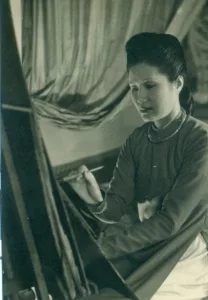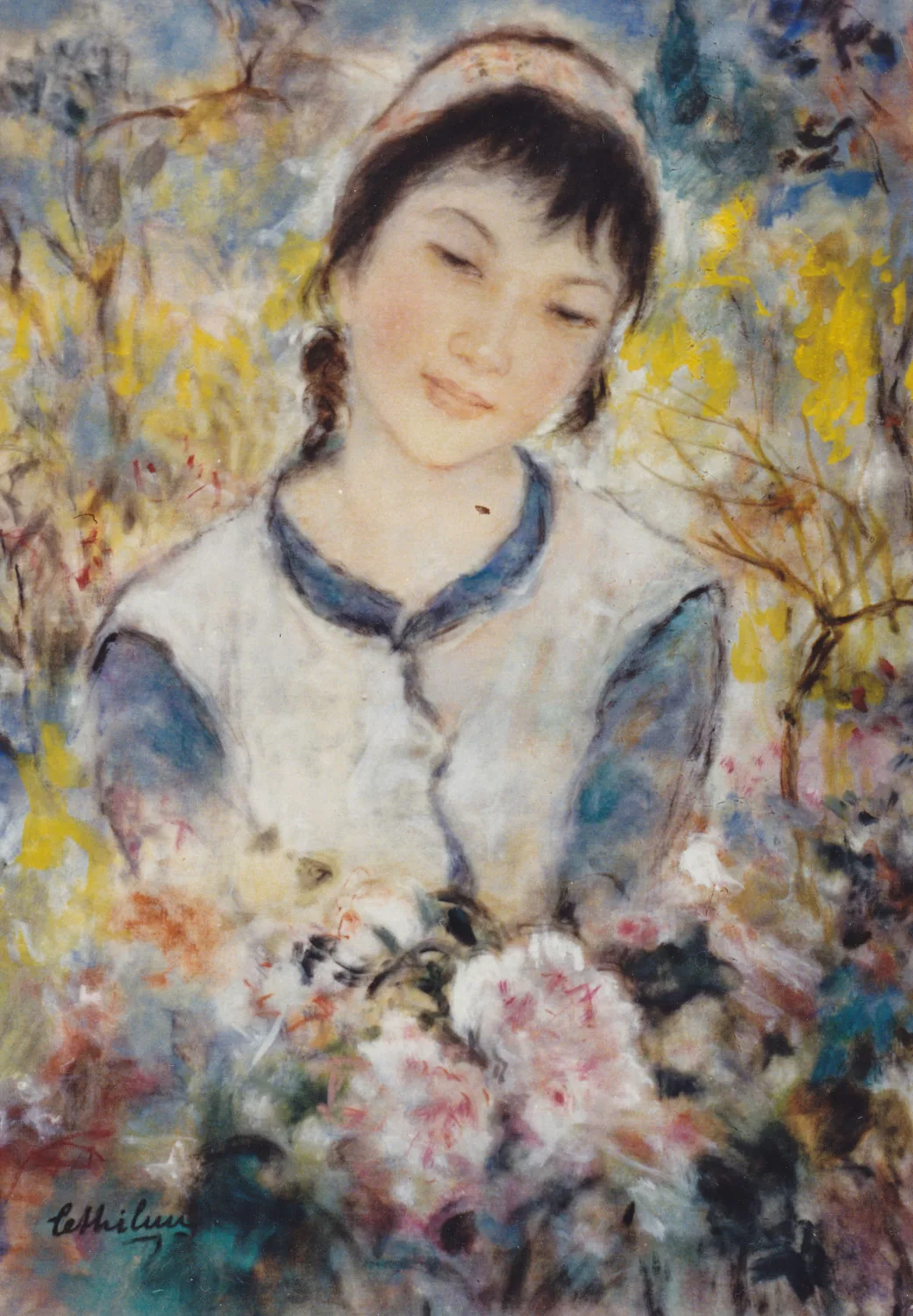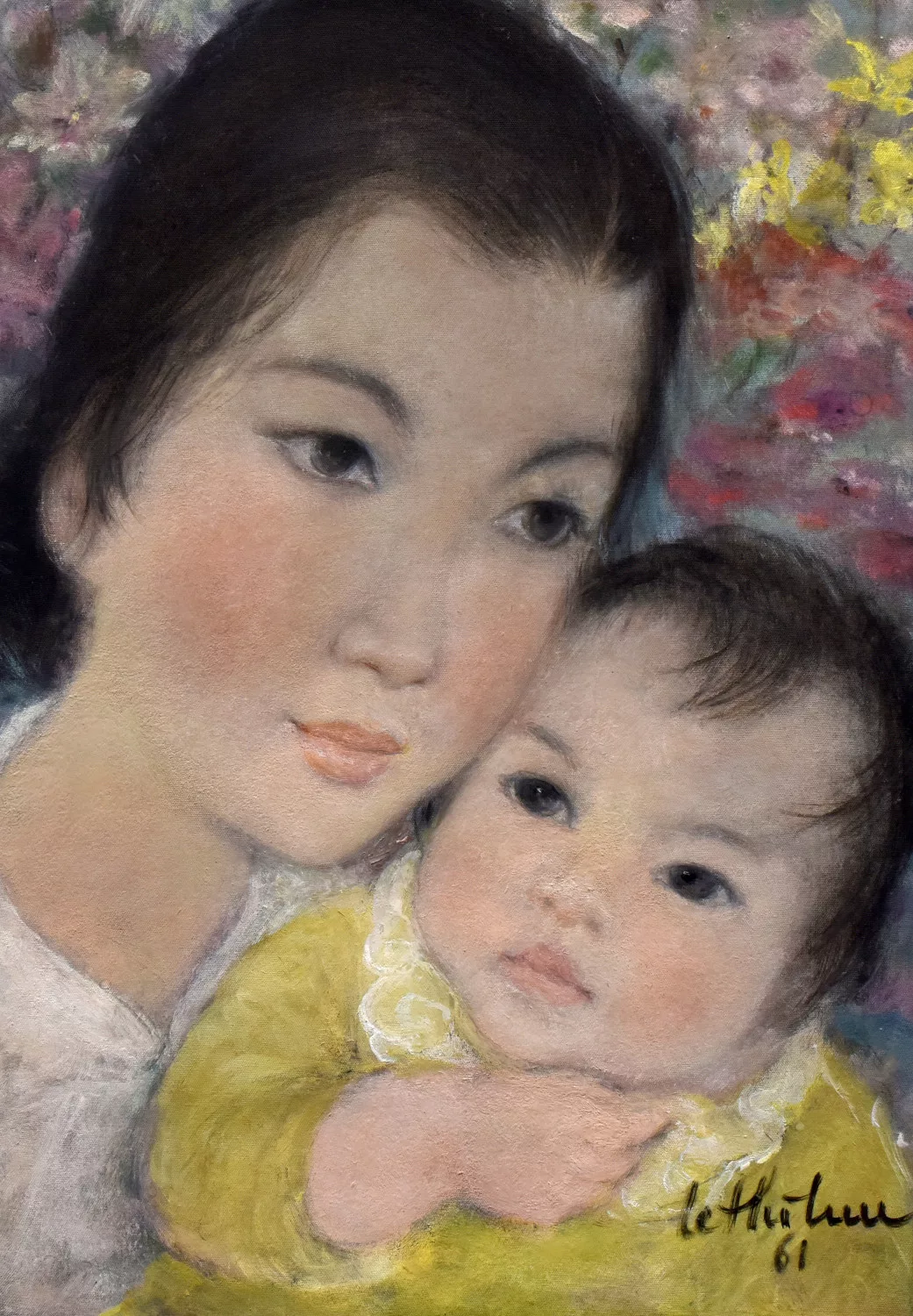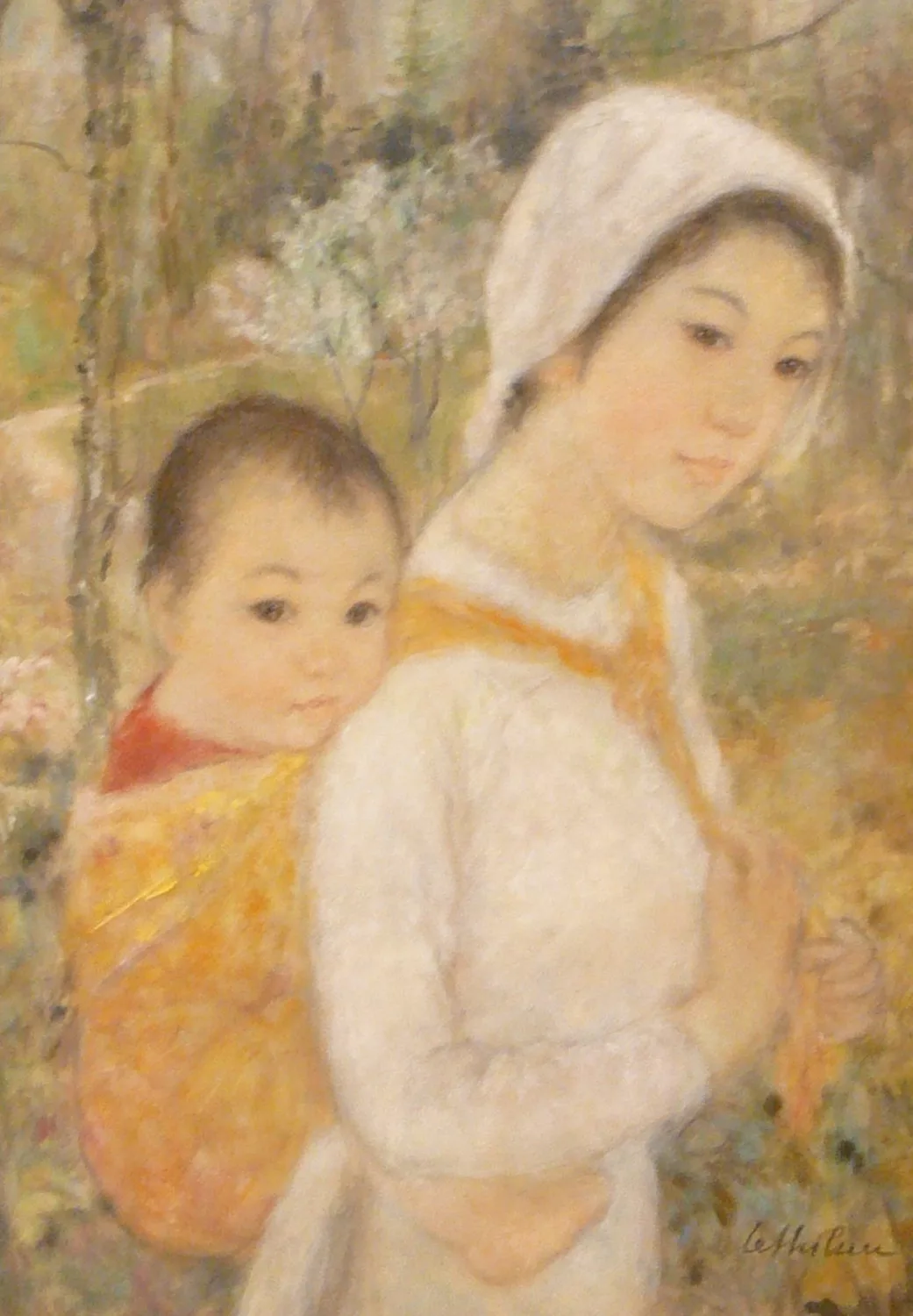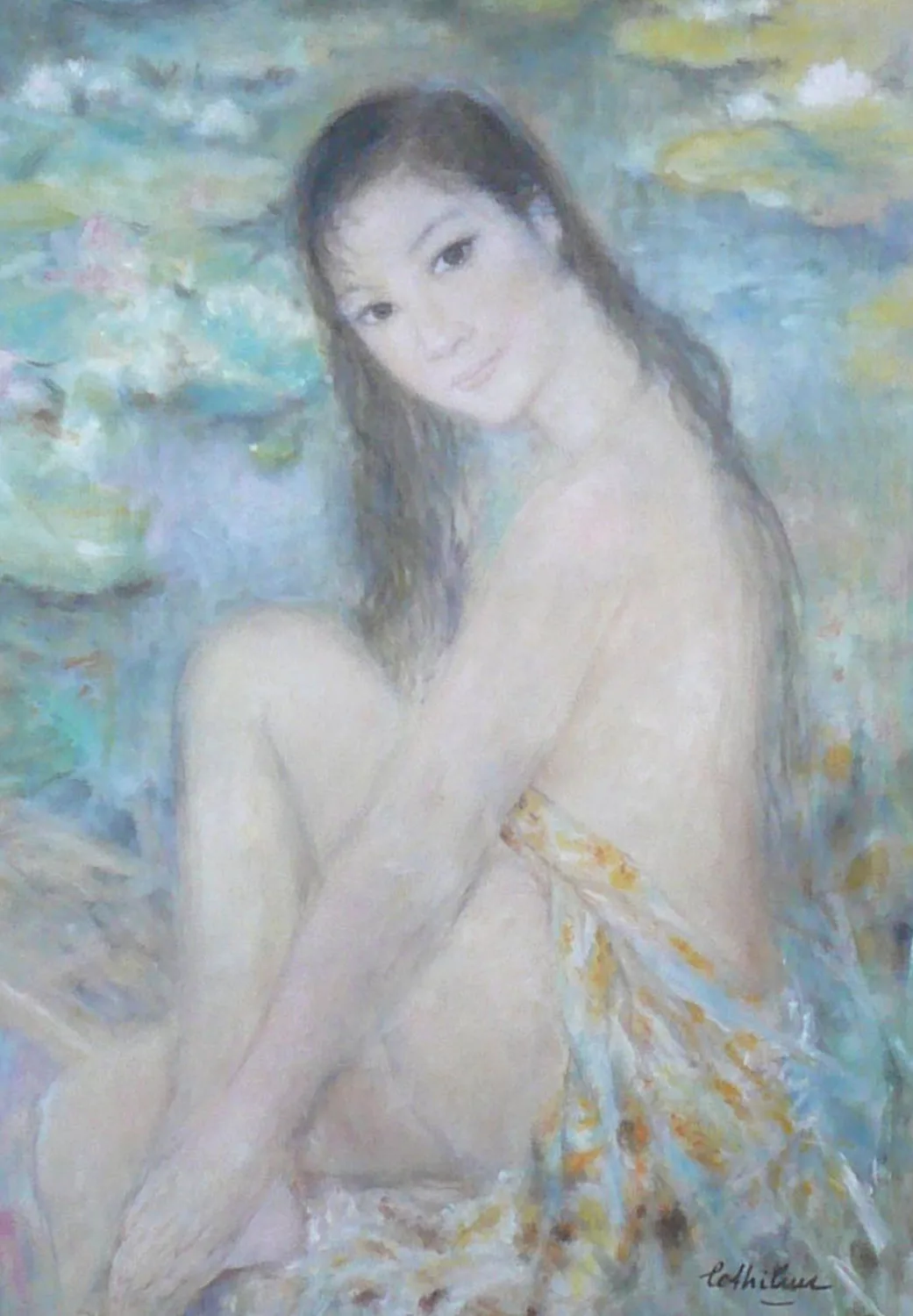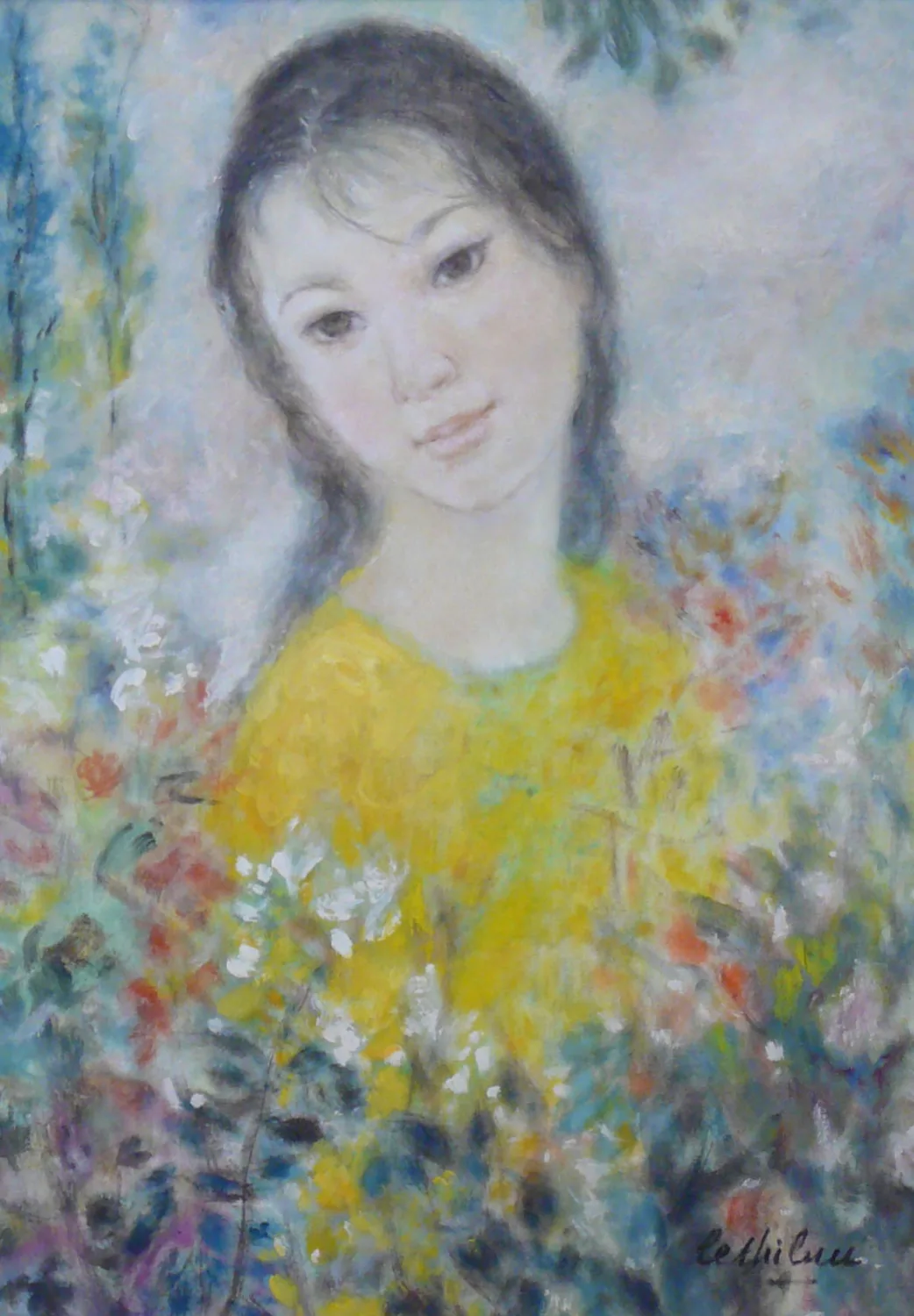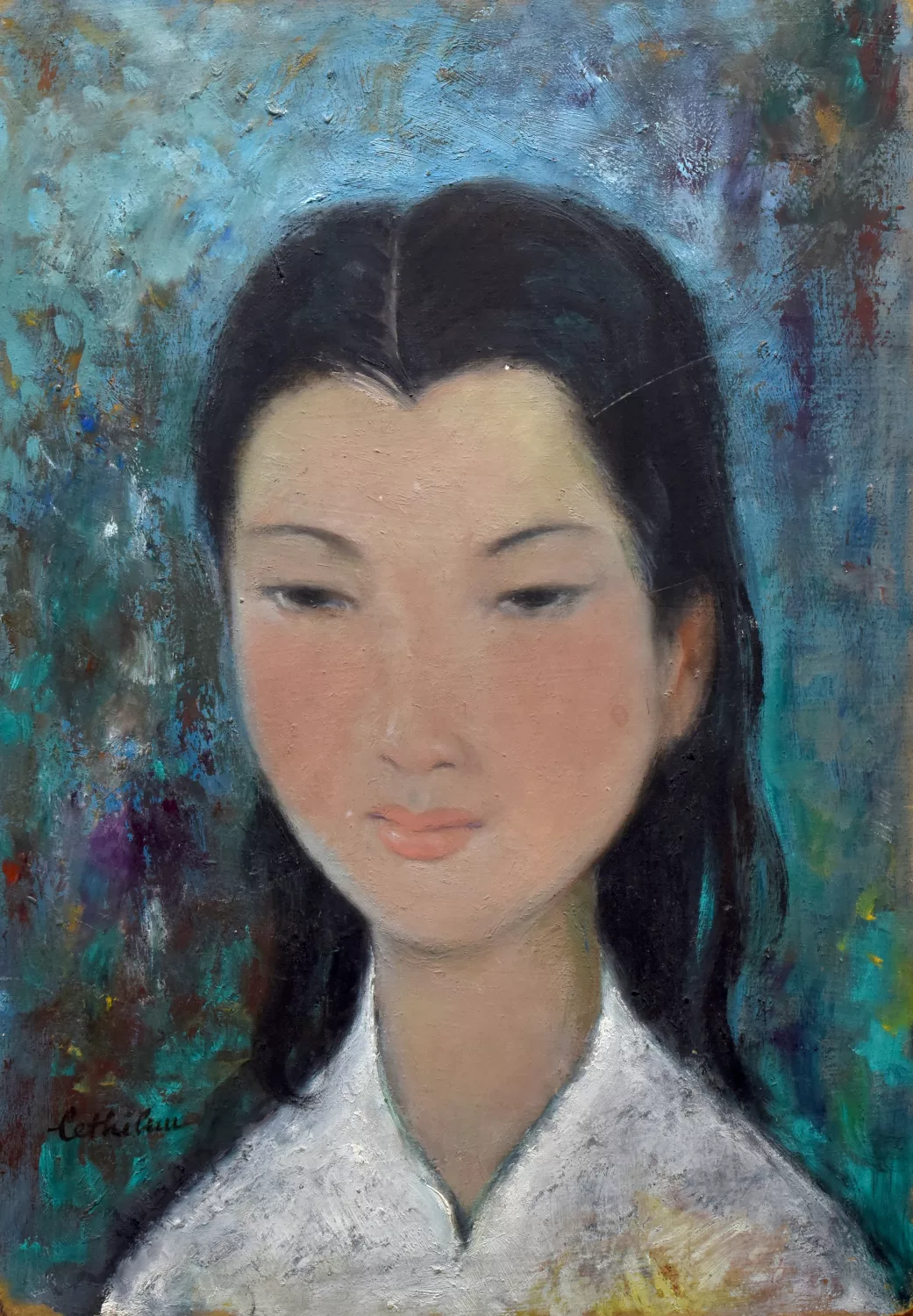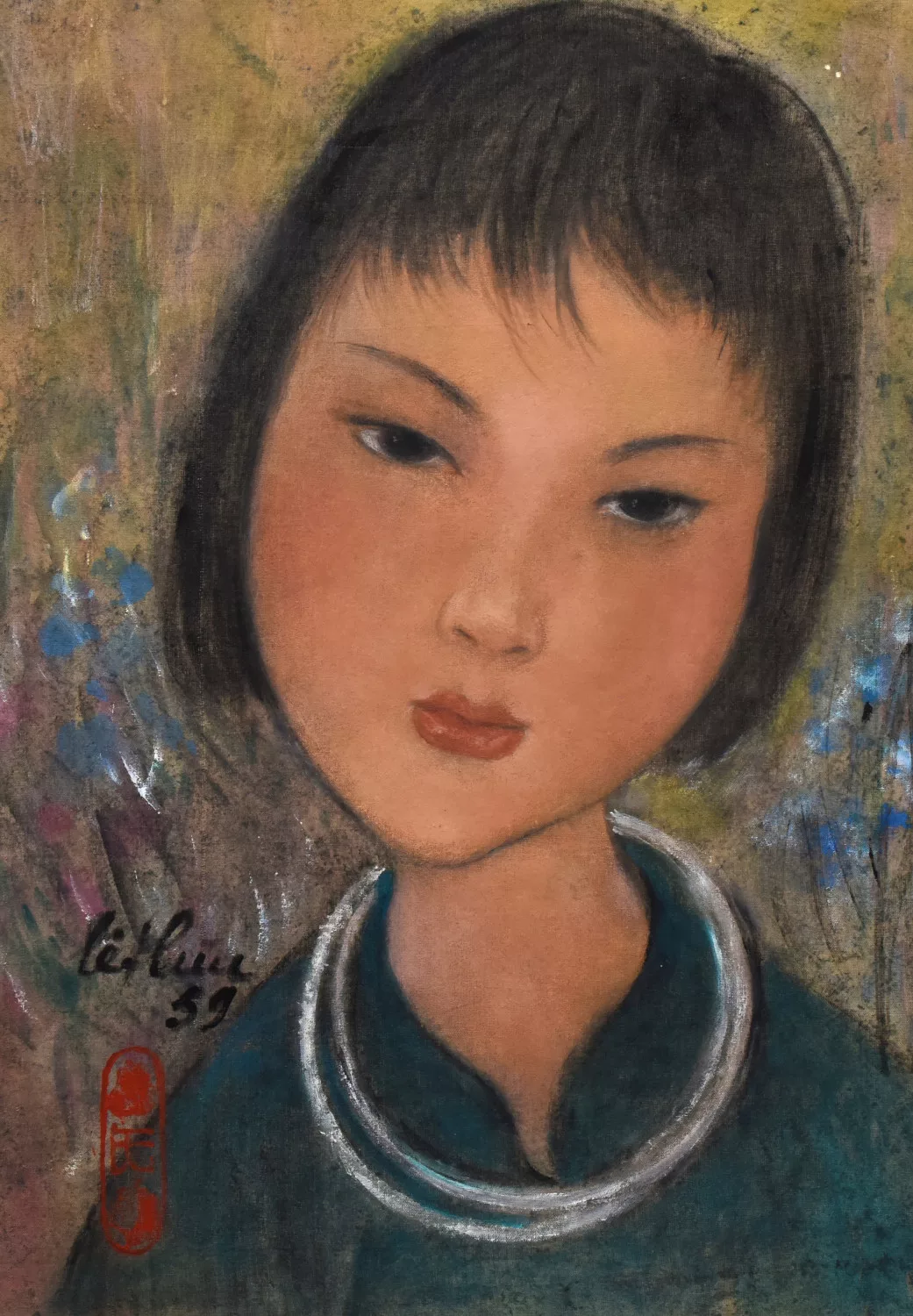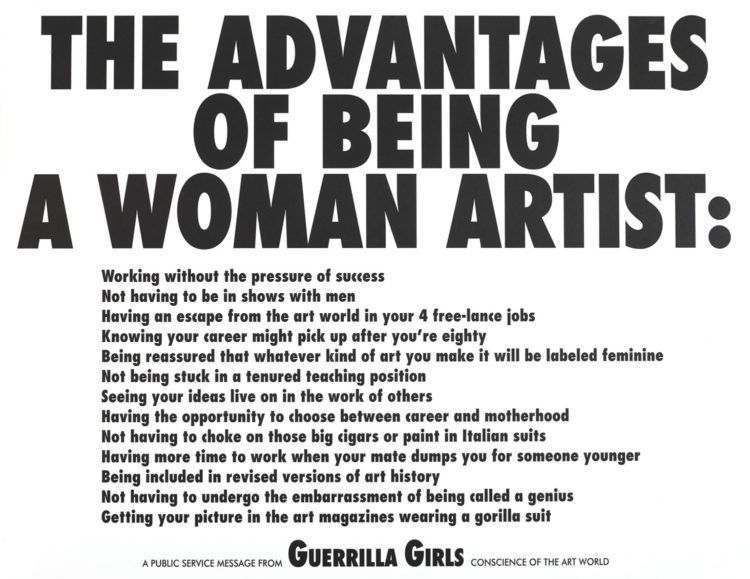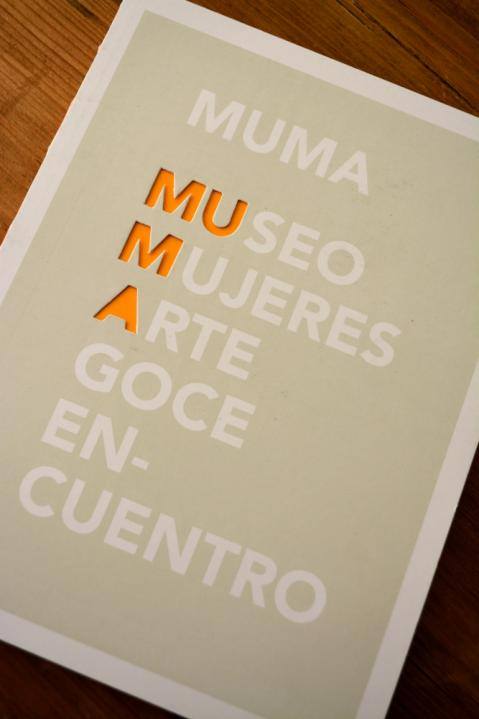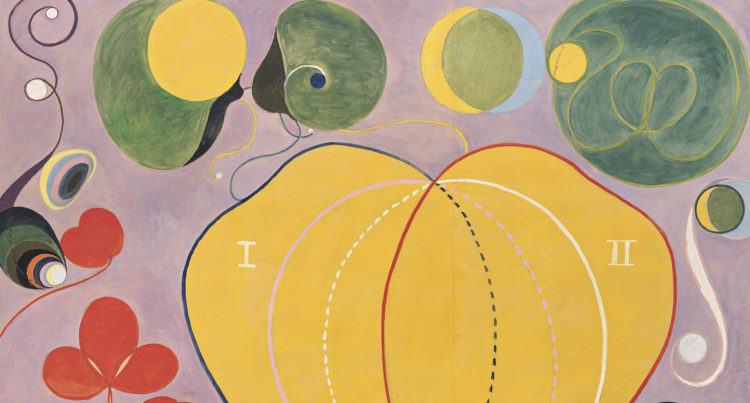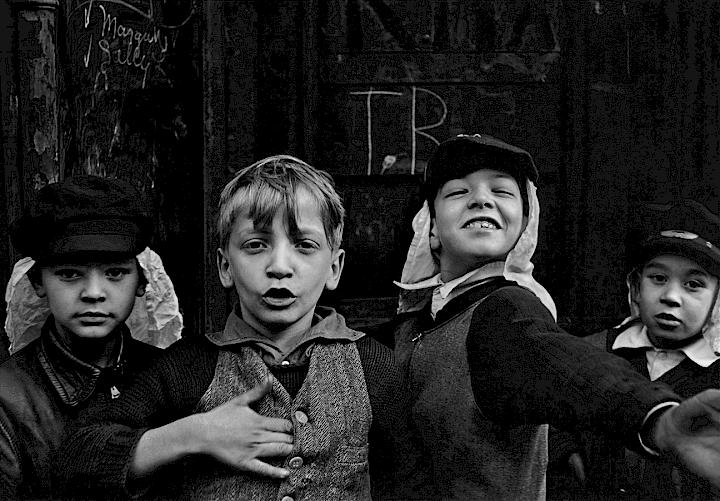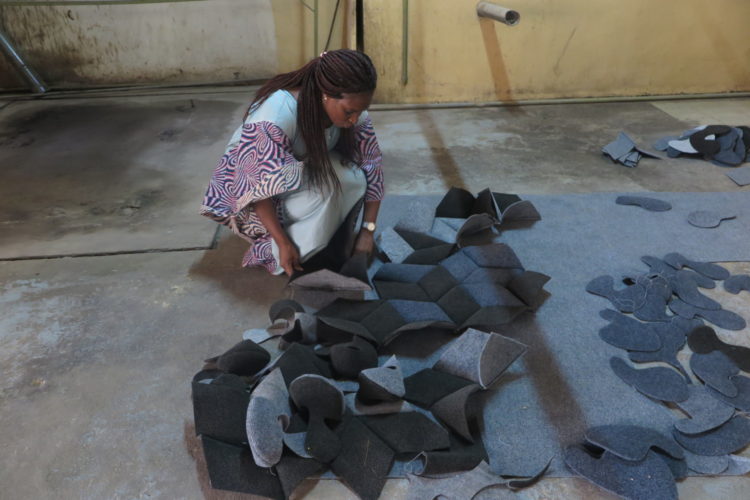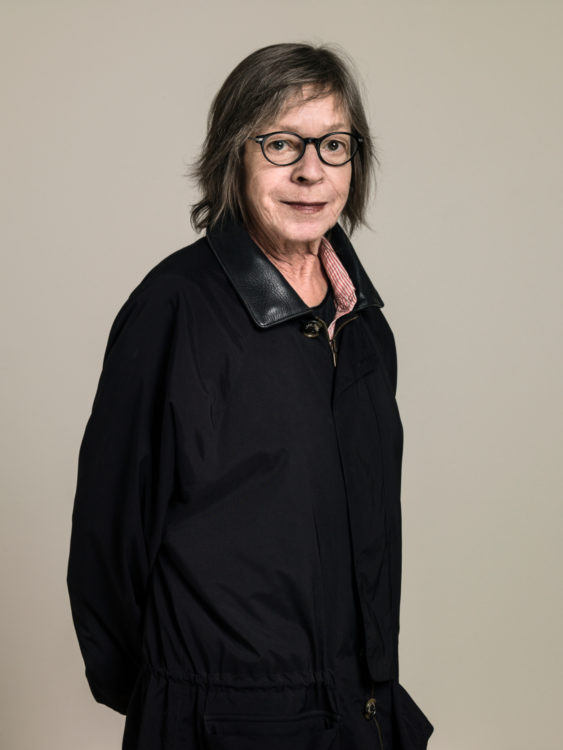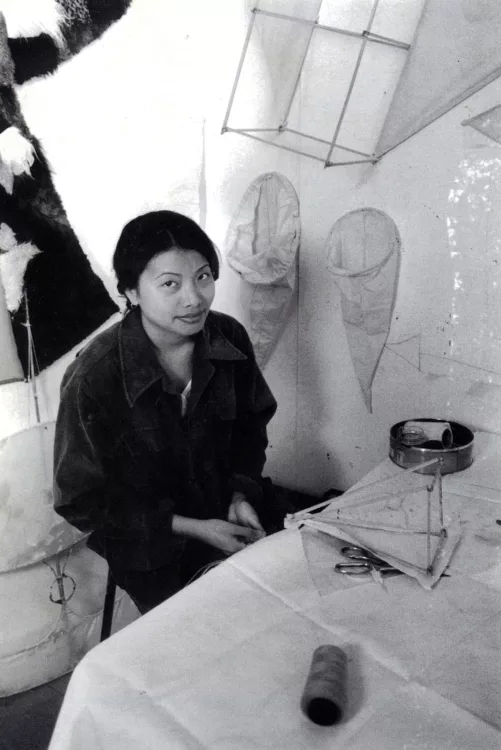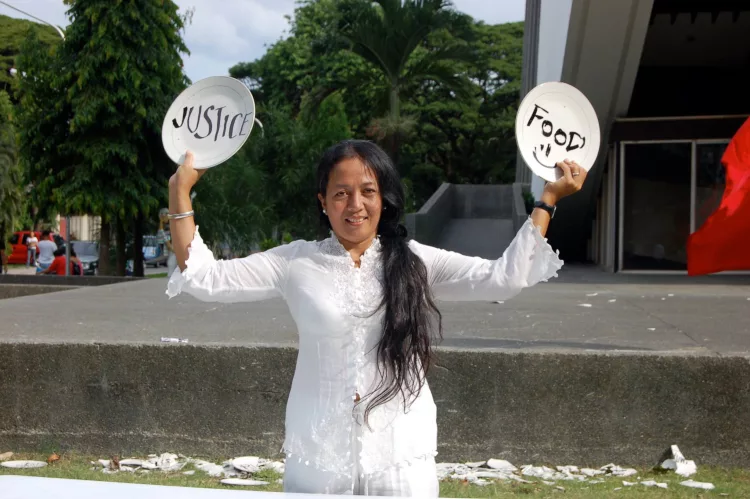Lê Thị Lựu
Thụy Khuê, Lê Thị Lựu: Ấn tượng hoàng hôn [Lê Thị Lựu: Twilight impression], exh. cat., Ho Chi Minh City Museum of Fine Arts, Ho Chi Minh city (23 November–December, 2018), Ho Chi Minh City, Ho Chi Minh City General Publishing House, 2018
→Phương Lan, “Nữ họa sĩ Lê-Thị-Lựu” [Female painter Lê-Thị-Lựu], in Phương Lan, Anh thư nước Việt: Từ lập quốc đến hiện đại [Vietnam’s distinguished women: From the founding to modern nation], Đại Nam Publisher, 1984, p. 270-271
→P.N.T.V, “Một nhà nữ mỹ thuật của ta” [Our female artist], Phụ nữ Tân Văn, no.127, 14 April 1932, p. 19
Timeless Souls: Beyond the Voyage, Park Hyatt Saigon, Ho Chi Minh City, 11–14 July 2022
→Lê Thị Lựu – Ấn tượng hoàng hôn [Le Thi Luu: Twilight Impression], Ho Chi Minh City Museum of Fine Arts, Ho Chi Minh city, 23 November–December, 2018
→Du fleuve Rouge au Mékong, visions du Vietnam, Le Musée Cernuschi, Paris, 21 September 2012–27 January, 2013
Vietnamese Painter.
Lê Thị Lựu is a pioneering figure in modern Vietnamese art, known for her silk and oil paintings. She is part of the renowned quartet of Vietnamese artists in France, alongside Mai Trung Thứ (1906–1980), Lê Phổ (1907–2001) and Vũ Cao Đàm (1908–2000). Her work primarily features portraits of Vietnamese women and children, rural landscapes and everyday scenes. Unlike most artists who mount silk on paper as a final step, she began with silk preparation on paper – a method pioneered by V. C. Đàm. Her works are distinguished by a Western approach, using layers of vibrant colours. Her style uniquely blends different influences, harmonising Vietnamese imagery with Western artistic expression.
L. T. Lựu was born in Bắc Ninh, where she was raised in an intellectual family that valued tradition. Despite her father being one of the first individuals in Vietnam to receive a Western education, he insisted that his daughters maintain the traditional appearance of Vietnamese women with long hair, black trousers and lacquered teeth. Nevertheless, she was able to receive an education and travel to various regions in northern Vietnam due to her father’s occupation as a civil servant, which afforded her greater opportunities than most Vietnamese women during that time.
L. T. Lựu was the first female artist to study at the École des Beaux-Arts de l’Indochine in Hanoi. Throughout her time there, her talent was recognised through her participation in various art exhibitions, such as the 1931 Paris Colonial Exposition in which her work successfully impressed French art critics. After graduating in 1932, she not only taught art at local schools, but also collaborated with local press publications established by Tự Lực Văn Đoàn, a cultural innovation and social reform movement of the 1930s, to publish illustrations under the pseudonym Văn Đỏ and a small number of her poems under the pseudonym Thạch Ẩn.
Along with her husband, Ngô Thế Tân, she relocated to France in 1940 due to his new job appointment abroad. This move also followed the trend of Vietnamese artists seeking to approach the Paris School. However, the ongoing war in France made it challenging for the artist to pursue her career, and she thus created very few new artworks during the 1940s. As the vibrations of anti-colonial revolutions spread, N. T. Tân left his job as a civil servant under the French government and the two actively participated in this movement and the Vietnamese associations in France.
After the mid-1950s, L. T. Lựu returned to art and displayed her works frequently in galleries in France. Focusing on silk painting, she depicted the peaceful scenes with a bright and vibrant palette despite having lived in a society full of political upheaval. In 1959, she won the first prize within the exhibition at the Salon de l’Union des Femmes Peintres, Sculpteurs et Graveurs. Though practicing art relatively often, especially in the late period of her life, she never held a personal exhibition. Her works are now scattered in museums and private collections.
A biography produced as part of the programme The Flow of History. Southeast Asian Women Artists, in collaboration with Asia Art Archive
© Archives of Women Artists, Research and Exhibitions, 2025


